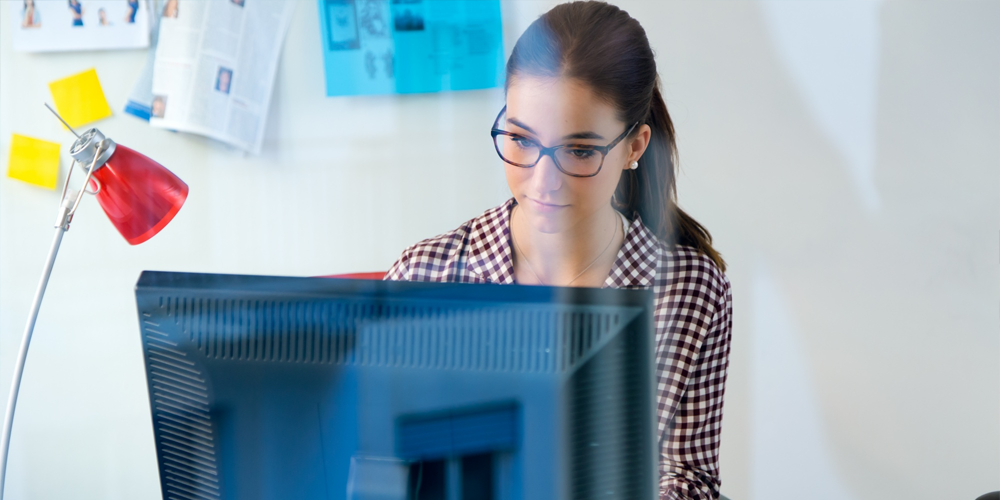What To Know About Teaching Coding To Students With Disabilities
- admin
- 2024-01-17
- 3 min read

We live in the 21st century, where technologies and digital transformation dominate all industries. From the corporate to the education sector, digital transformation has recently brought great changes, especially after the sudden outbreak of covid-19. The adopters of ever-growing technology have already found ways to prepare young students to solve ever-emerging real-life problems.
As programming is presently the elephant in the room, it has increased the need to spread the lessons of computer science and coding accessible to the masses. That being said, there are different types of learners in a school who should be free to choose based on their choices rather than grades or other factors.
Students in the traditional classroom possess different learning needs and abilities. Giving students lessons about coding is no different. It’s the tutor’s responsibility to develop exciting teaching methods that attract all and work in favour of diverse students.
Common barriers to learning
Developing a fully-fledged website or an application is not the easiest to make. Hence, coding requires much more effort and understanding than ever imagined. Before we get into the details of how coding can be made accessible to all, let’s overview various common learning disabilities among students.
Most technologies and tools are designed for the masses; however, minorities, including people with some sort of disability, find it difficult to make their special place among the crowd. Although several schools opened to provide special assistance to these children, students who cannot access such resources are either deprived of education or delayed. As per the report released by the Disabilities Education Act (IDEA), more than 7.5 million students are dealing with disabilities in U.S. public schools in the year 2018-2019.
Many of these students have autism, language needs or other health issues. Most of these impairments result in learning disabilities, which directly or indirectly affect a student’s ability to retain or process any piece of information. This did not allow them to gain equal knowledge and understanding as their peers. Here is the list of the five most common types of disabilities commonly seen –
- Dyscalculia: Dyscalculia is a disability where a student finds difficulty in dealing with mathematical problems, including estimation, grouping numbers, measurements, and even counting numbers. This is one of the most commonly seen disabilities in students.
- Dyslexia: The second type of disability seen in students today is Dyslexia. Here, the student finds reading and understanding the written text difficult.
- Dysgraphia: The third type of disability found in students is Dysgraphia. In this case, students cannot write anything as they find it difficult to hold writing materials such as pencils, pens, etc.
- ADHD: The fourth type of difficulty prevailing in students is ADHD. In this case, it becomes nearly impossible for students to stay focused and be on track with teachers. Here, students with such disabilities can get distracted very fast.
- Dyspraxia: The fifth and last type of disability is Dyspraxia. Here, there is no coordination between the hand and the eye. This results in low and poor academic performance. Additionally, the person with Dyspraxia does not participate actively in day-to-day activities.
Teaching Coding To Students With Disabilities
Learning is the right of every student, no matter whether they have some inner disability or not. When teaching codes to kids, the tutor must brush every student’s skills without being partial to anyone. This calls for the best learning tools and learning curriculum. Tutors need to properly understand every student’s weaknesses and capabilities on the basis of their memory, vocabulary, attention, reading skills, reasoning and language.
It is important to understand that a student with disabilities is equal to others. Therefore, rather than designing the curriculum differently, it is best to develop a flexible enough curriculum to meet both ends. It helps bridge the gap between students and helps the teacher find the middle ground. For example, a student with ADHD might find it difficult to understand codes in the bookish language. However, such kids can find coding interesting if the lesson is taught in a fun and interesting way.
Final words
Coding lies at the heart of technology. It might be difficult for students with disabilities to understand this complex world; however, the foundation can be built successfully with adequate efforts and simplified teaching patterns.
21K School
Read our latest education blogs here. We are pioneers in proffering personalised, affordable and high-quality lessons using an advanced learning platform.


Join Asia’s Leading Online School and Unlock
endless opportunities
Join Asia’s
Leading Online School
and Unlock endless opportunities

 Thailand
Thailand




